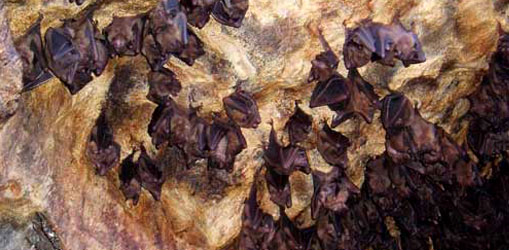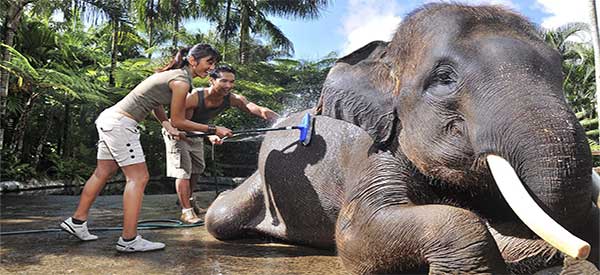Sukarno,Indonesian Nationalist leader and later, first president of Indonesia.
In 1908 the first Indonesian Nationalist Movement was formed, Budi Utomo, followed in 1912 by the first nationalist mass movement, Sarekat Islam. The Dutch responded after the First World War with repressive measures. The nationalist leaders came from a small group of young professionals and students, some of whom had been educated in the Netherlands. Many, including Indonesia’s first president, Sukarno (1901-70), were imprisoned for political activities.
In 1914 exiled Dutch socialist Henk Sneevliet founded the Indies Social Democratic Association. Initially a small forum of Dutch socialists, it would later evolve into the Communist Party of Indonesia.
Japanese occupation
The Japanese invasion and subsequent occupation during WWII ended Dutch rule, [22] and encouraged the previously suppressed Indonesian independence movement. In May 1940, early in World War II, the Netherlands was occupied by Nazi Germany. The Dutch East Indies declared a state of siege and in July redirected exports for Japan to the US and Britain. Negotiations with the Japanese aimed at securing supplies of aviation fuel collapsed in June 1941, and the Japanese started their conquest of Southeast Asia in December of that year. That same month, factions from Sumatra sought Japanese assistance for a revolt against the Dutch wartime government. The last Dutch forces were defeated by Japan in March 1942.
In July 1942, Sukarno accepted Japan’s offer to rally the public in support of the Japanese war effort. Sukarno and Mohammad Hatta were decorated by the Emperor of Japan in 1943. However, experience of the Japanese occupation of Indonesia varied considerably, depending upon where one lived and one’s social position. Many who lived in areas considered important to the war effort experienced torture, sex slavery, arbitrary arrest and execution, and other war crimes. Thousands taken away from Indonesia as war labourers (romusha) suffered or died as a result of ill-treatment and starvation. People of Dutch and mixed Dutch-Indonesian descent were particular targets of the Japanese occupation.
In March 1945 Japan organized an Indonesian committee (BPUPKI) on independence. At its first meeting in May, Supomo spoke of national integration and against personal individualism; while Muhammad Yamin suggested that the new nation should claim Sarawak, Sabah, Malaya, Portuguese Timor, and all the pre-war territories of the Dutch East Indies. The committee drafted the 1945 Constitution, which remains in force, though now much amended. On 9 August 1945 Sukarno, Hatta, and Radjiman Wediodiningrat were flown to meet Marshal Hisaichi Terauchi in Vietnam. They were told that Japan intended to announce Indonesian independence on 24 August. After the Japanese surrender however, Sukarno unilaterally proclaimed Indonesian independence on 17 August.






